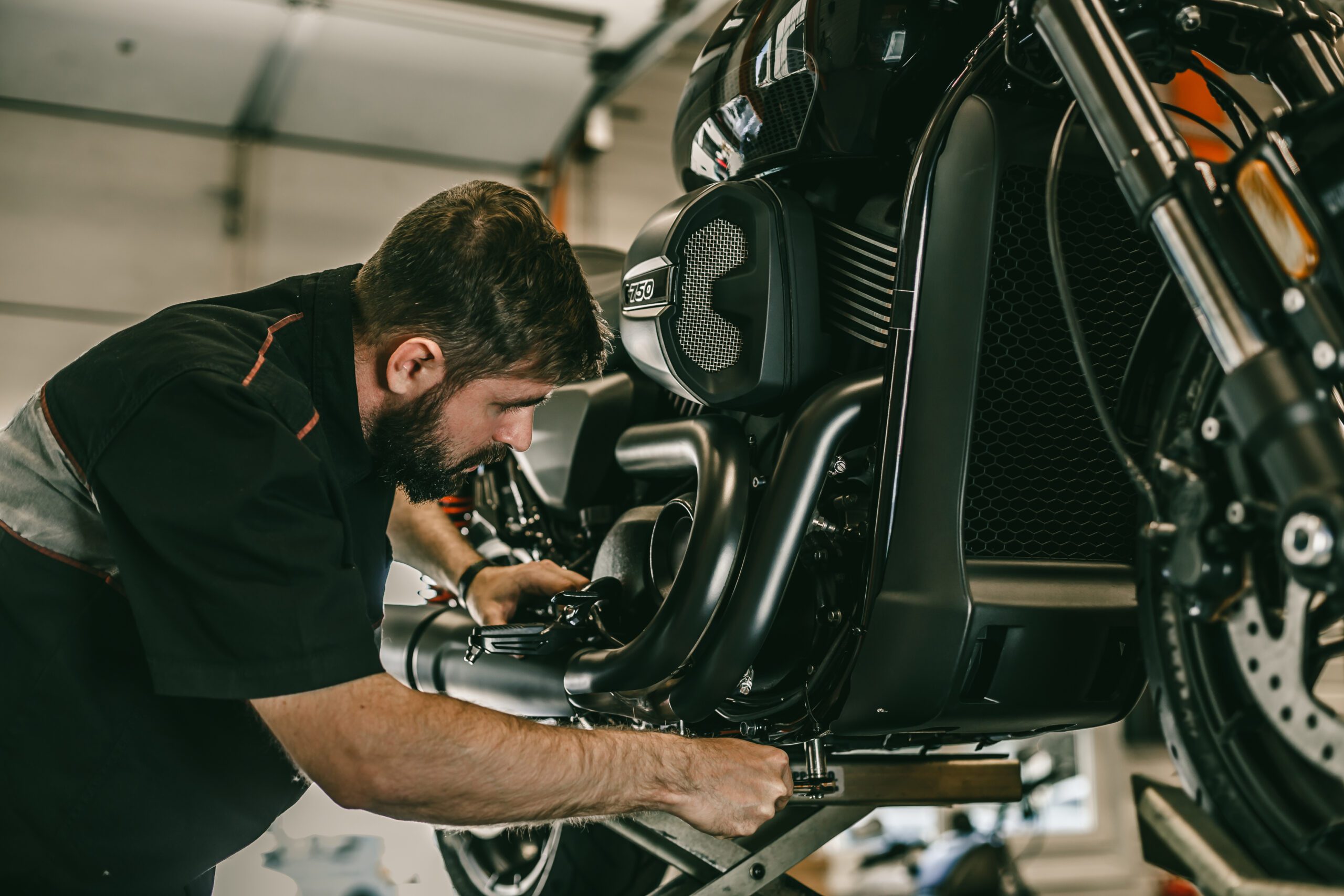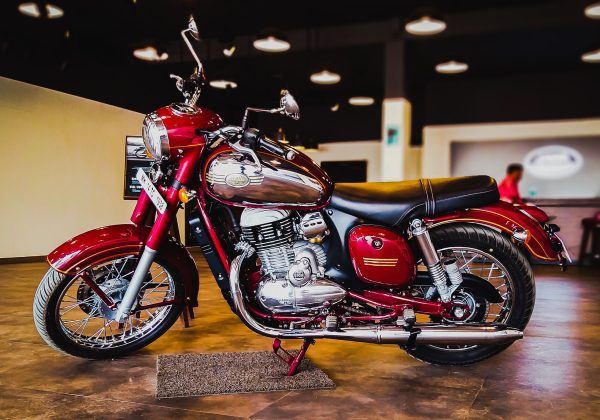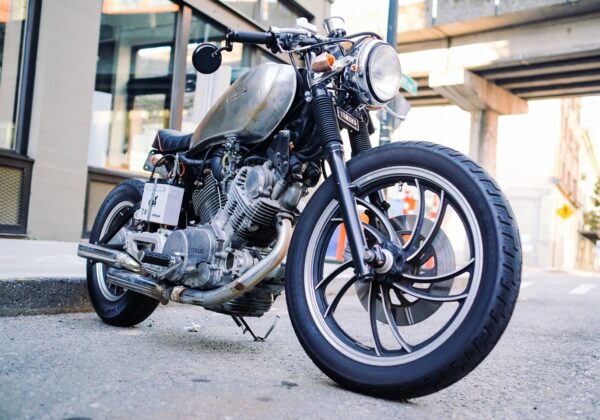Motorcycle Maintenance Tips for Maximum Life and Resale Value

Understanding the importance of regular maintenance for your motorcycle or ATV cannot be overstated. It’s not just about keeping your ride looking pristine; it’s about ensuring its longevity, reliability, and safety (not to mention motorcycle resale value!)Regular upkeep can prevent breakdowns, save money on repairs, and extend the life of your beloved vehicle. This article delves into essential maintenance tips that are key to enhancing the lifespan of your motorcycle or ATV, offering insights from firsthand experience and expertise in the field.
Essential Maintenance Tips for Motorcycles and ATVs
Routine inspection stands as the cornerstone of vehicle longevity. Regularly checking your motorcycle or ATV for wear and tear, ensuring proper lubrication, and keeping tires in top condition are critical. This preventive approach helps identify potential issues early, saving you from costly repairs down the line.
- Routine Inspection Checklist
Start each season with a comprehensive inspection of your motorcycle or ATV. Check the brakes, tires, lights, and fluids. Pay special attention to signs of wear and tear, like cracks in hoses or belts and any fluid leaks. This proactive measure can significantly extend your vehicle’s lifespan.
- The Role of Lubrication
Lubrication reduces friction in moving parts, preventing overheating and wear. Regularly lubricate the chain, suspension, and any pivot points to ensure smooth operation. Using the right type of oil and lubricant for your specific motorcycle or ATV model is crucial.
- Importance of Tire Maintenance
Tires directly impact your ride’s safety and performance. Regularly check tire pressure, tread depth, and signs of damage. Maintaining proper inflation and replacing tires when necessary can prevent accidents and improve fuel efficiency.
Cleaning Techniques
A clean motorcycle or ATV isn’t just about looks; it’s about longevity. Dirt and grime can lead to corrosion, while proper cleaning protects and preserves your vehicle’s components.
- Proper Cleaning Tools and Products
Use products specifically designed for motorcycles and ATVs to avoid damage. Soft brushes, microfiber cloths, and mild detergents are best. Avoid harsh chemicals that can strip protective coatings or corrode metal.
- Step-by-Step Cleaning Guide
Begin with a rinse to remove loose dirt, then apply a cleaner using a soft brush or cloth. Clean hard-to-reach areas with specialized tools. Rinse thoroughly and dry with a microfiber cloth to prevent water spots. Apply a protective coating to the body and metal parts to finish.
Engine Care
The engine’s health is vital for performance. Regular motorcycle maintenance ensures efficiency, power, and longevity.
- Checking and Changing Oil
Oil lubricates, cools, and cleans the engine from the inside. Check the oil level regularly and change it according to the manufacturer’s recommendations. Use the specific grade of oil suggested for your model for optimal performance.
- Air Filter Maintenance
A clean air filter ensures the engine receives clean air, improving fuel combustion and efficiency. Check the air filter regularly, especially if riding in dusty conditions. Replace or clean it as needed.
- Spark Plug Inspection
Spark plugs are crucial for engine ignition. A dirty or worn spark plug can lead to starting difficulties and reduced performance. Inspect spark plugs for wear and replace them according to your vehicle’s maintenance schedule.
Brake System Maintenance
Effective brakes are non-negotiable for safety. Regular checks and maintenance ensure your motorcycle or ATV stops reliably when you need it to.
- Brake Fluid Check
Brake fluid transmits the force of your brake lever to the brake pads. Over time, it can absorb moisture, reducing effectiveness. Check the fluid level and quality regularly, replacing it as recommended by your manufacturer.
- Brake Pad Wear and Replacement
Worn brake pads compromise safety and performance. Inspect pads for wear and replace them if the material has worn down to the minimum thickness. Always use high-quality replacement pads for the best performance and safety.
Storage Tips for Off-Season
Properly storing your motorcycle or ATV during the off-season is crucial for preserving its condition and ensuring it’s ready to hit the road or trail as soon as you are. Here are detailed steps and considerations for effective off-season storage:
- Clean Before Storing
Before putting your vehicle away, give it a thorough clean to remove any dirt, grime, or salts that can corrode metal parts. Dry it completely to prevent rust and apply a coat of wax for added protection.
- Fuel System Care
To prevent the fuel from deteriorating and damaging the fuel system, fill your tank and add a fuel stabilizer. Run the engine for a few minutes to distribute the stabilized fuel throughout the system.
- Battery Maintenance
Remove the battery and store it in a cool, dry place. Use a battery maintainer or trickle charger to keep it charged without overcharging, ensuring it remains in good condition for the next season.
- Engine and Exhaust Protection
Change the oil and filter to remove contaminants before storage. Additionally, plug the exhaust and air intake to prevent rodents from nesting inside.
- Tire Care
Elevate the vehicle on stands to relieve pressure on the tires and prevent flat spots. If storing on the ground, inflate the tires to the maximum recommended pressure and rotate them periodically.
- Cover and Store in a Dry Place
Use a breathable cover to protect against dust and moisture. Store your vehicle in a cool, dry place, away from direct sunlight and drastic temperature changes.
Enhancing Performance Through Upgrades
Enhancing the performance of your motorcycle or ATV through upgrades is a strategic way to improve both the riding experience and the machine’s capabilities. Upgrading the exhaust system can offer a dual benefit of better engine efficiency and a more satisfying sound, while enhancing the suspension can dramatically improve handling and comfort, especially on challenging terrains. These changes not only boost performance but also contribute to the longevity of your vehicle by ensuring that it operates within its optimal parameters.
Investing in high-performance brakes and quality tires can significantly increase safety and control, allowing for shorter stopping distances and better grip in various riding conditions. Additionally, considering engine tuning, such as ECU remapping or installing performance chips, can unlock additional power and tailor the vehicle’s performance to suit your riding style. These upgrades, when chosen thoughtfully and installed correctly, can transform your riding experience, offering a blend of improved performance, enhanced safety, and increased enjoyment.
Conclusion
Regular motorcycle maintenance is the cornerstone of ensuring the longevity, safety, and performance of your motorcycle or ATV. By following these essential tips, riders can enjoy their vehicles for years to come, knowing they’re doing their part to keep their rides in top condition. Plus, when it comes time to sell your motorcycle or ATV, consistent maintenance and care will shine through in maximizing your vehicle’s value.
FAQs
The frequency of oil changes in your motorcycle or ATV depends on the manufacturer’s recommendations, the type of oil used, and your riding conditions. Generally, it’s advised to change the oil every 2,000 to 5,000 miles for motorcycles and approximately every 100 hours of operation for ATVs. However, if you ride in harsh conditions, such as dusty or muddy environments, or if you frequently ride at high speeds, you may need to change the oil more frequently to ensure optimal engine performance and longevity.
Brake pads need replacing when they meet the minimum thickness recommended by the manufacturer. Signs that your brake pads need replacing include a decrease in braking effectiveness, a longer stopping distance, and a squealing or grinding noise when you apply the brakes. Additionally, many brake pads have wear indicators that produce a loud noise to alert you when they need replacing. Visually inspecting the brake pads for wear is also a reliable method. If the pad material is worn down to 1/4 inch or less, it’s time for a replacement.
Signs that your suspension system needs maintenance include a rougher ride than usual, decreased handling or stability, and visible leaks from the shock absorbers. If your motorcycle or ATV starts to dive more during braking, leans excessively in turns, or the rear end squats under acceleration, these are indicators that the suspension may need attention. Regular inspections for physical damage to the suspension components, such as bent parts or leaking fluids, are also crucial.
To prepare your motorcycle or ATV for storage, start by giving it a thorough clean to remove any dirt or grime. Next, fill the fuel tank and add a fuel stabilizer, then run the engine for a few minutes to distribute the stabilized fuel. Change the oil and filter to remove contaminants. Disconnect and remove the battery, storing it in a cool, dry place and consider using a battery maintainer. Inflate the tires to the recommended pressure, and if possible, elevate the vehicle to prevent flat spots. Finally, cover your vehicle with a breathable cover and store it in a dry, cool place.
Yes, regular maintenance can significantly improve fuel efficiency. Keeping the engine properly tuned, ensuring the air filter is clean, maintaining the correct tire pressure, and using the recommended grade of motor oil can all contribute to more efficient fuel use. Additionally, regular checks and maintenance of the fuel system, including the injectors or carburetor, can prevent issues that lead to poor fuel economy.
Using the right cleaning products is important to avoid damaging the surfaces and components of your motorcycle or ATV. Harsh chemicals can strip protective coatings, cause corrosion, and damage plastic or rubber parts. Specially formulated motorcycle and ATV cleaners are designed to effectively remove dirt and grime without harming the vehicle’s finish or components. Using the correct products not only keeps your vehicle looking its best but also helps protect your investment over time.


